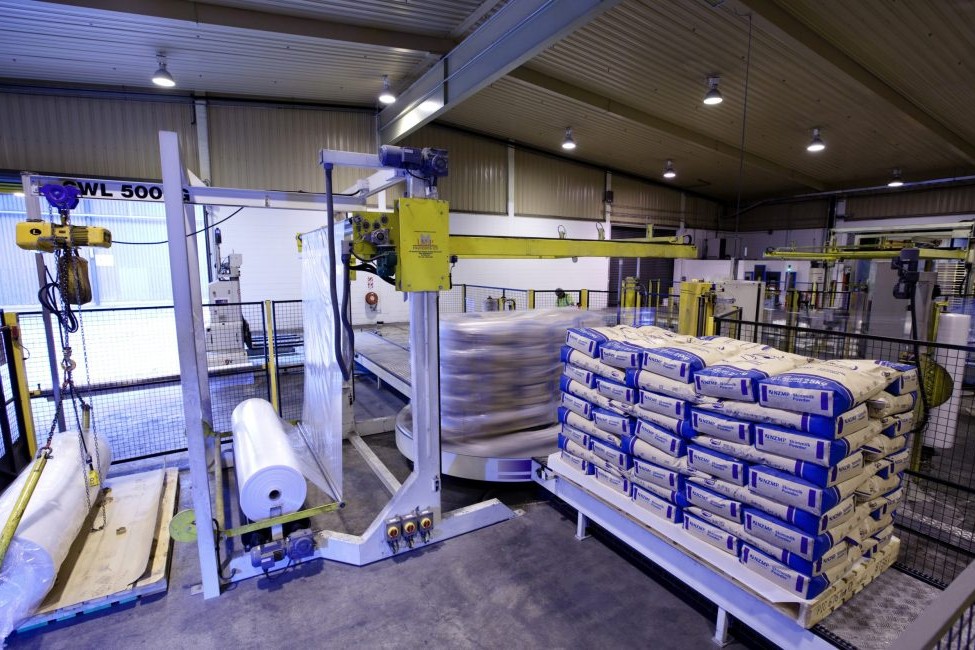Milking time savings of almost 13 seconds a cow and from one to six hours’ labour a day have been seen in 10 case studies carried out by DairyNZ around the country.
Six of the dairies were rotary, ranging in size from 50 to 60 bails, and four herringbones, from 36- to 44-aside. The lowest number of cows milked was 300 and the highest 1120 in two cases.
At a field day held on Chris and Lorraine Brien’s 90-hectare effective farm at Tomarata, Northland, where they milk 310 cows, farmers heard about some of the changes made to milking routines and the benefits they delivered.
Local DairyNZ consulting officer, Mark Forsyth, said the Briens already had a very efficient routine with 233 cows milked an hour through a 36-aside herringbone with automatic cup removers (ACRs), meaning a 15-second work routine per bail. Two people were milking in the morning and one in the afternoon, with teat spraying stopping at the end of mating. Mastitis cases dropped from an average of 6.5% in August to 0.1% in November.
The farm was already using “bunny hopping” or batch milking. The first cow was cupped within 30 seconds with staff using the same hand to cup on each side of the pit. The ACR flow rate was set at a low level and an early exit gate release was part of the routine.
After a visit by DairyNZ it was suggested a lead-in rail could be installed to stop cows waiting to load rowing up. Staff were asked to try to change hands on each side of the pit, aiming to use the hand closer to the cow to reduce stretching.
Teat spraying was suggested when teat condition indicated it was necessary or at high risk times and ACR thresholds could be increased to 0.4kg/minute.
The farm now uses only one milker at both milkings, saving 90 minutes of labour. Mastitis cases rose to 3.3% in January but somatic cell counts (SCC) dropped from 280,000 in January to 235,000 in February.
The change in ACR thresholds was made but not persisted with, although it’s still an option. The Briens are looking at options for an in-race automatic teat sprayer and an in-dairy meal feeding system.
Presenters also drew farmers’ attention to the lower North Island case study, a farm where 1020 split-calving cows were milked through a 60-bail rotary with in dairy feeding. Before changes were made 292 cows were milked an hour with two staff cupping-on efficiently.
“The difficulty was with exiting cows,” Quality Consultants New Zealand (QCONZ) general manager Josh Wheeler said.
“The majority of them were finished milking two thirds of the way around the platform.”
The solution was to install three signals for the cows to back off without stopping the platform at all.
The platform speed was increased, the Max T (maximum milking time) strategy was put in place over-riding automatic cup removers and the pulsation ratio was also increased.
The result was a lift to 344 cows milked an hour meaning a saving of 1.9 seconds a cow –a reduction of three hours’ labour a day.
The biggest savings seen in all 10 case studies was in a 60-bail rotary milking 1120 cows in Reporoa in the Bay of Plenty. By increasing the platform speed, putting faster milking liners on cows’ back teats, increasing the pulsation ratio, forming a slow-milking herd and partially implementing Max T the previous 264 cows milked an hour was lifted to 390. That meant a 2.4 second per cow saving –a massive six-hour labour saving.
The biggest saving per cow was of 12.7 seconds for a Hawera farm milking 350 cows through a 42-aside herringbone. Here “bunny hopping”, cupping each cow within 30 seconds and early gate release saw the previous 175 cows an hour milked lift to 263, saving three hours’ labour a day.
Maximising to a T
Milking efficiency is determined by the number of clusters, the milking duration of the cows and the speed of their milking routine, Paul Edwards, a DairyNZ scientist told the field day.
“The last two are where there are some easy wins,” he said.
He used examples of both herringbone and rotary dairies to show the key areas where milkers could have an influence; cupping, milking routine, platform speed and how they interacted with the cows.
With herringbones “bunny hopping” could be used, where cows are milked in batches of four to six. And in rotaries
the platform speed could be adjusted so it was as going as fast as it could for milkers to comfortably attach cups.
The most efficient speed was when 15 to 20% of cows were going around on a second rotation, as slow-milking cows
were not necessarily high-producing ones.
“It’s just a big, expensive merry-go-round if you’re not using those bails,” he said.
Milking an extra 50 cows an hour due to this change meant a 30-minute time saving. The MaxT (maximum milking time) strategy aimed to shorten the milking duration of the slowest milking cows. If there were automatic cup removers their flow-rate threshold could be increased from 0.2kg/minute to 0.4 along with upping platform speeds.
The pulsation ratio could be increased from the usual 60:40 to 70:30 and further increases in milking speed could come from trying a range of different liners on five clusters. They needed to be comfortable for the cow, fitting well and not slipping.
The same liners were not required for the front and back teats. Ones which gripped well should be used on the front quarters and fast-milking liners on the back.
“Think about what makes sense for your situation,” he said. “You may need to make two changes at once to streamline your routine.”
And with a lot of different things for milkers to juggle it was important information was shared by all involved through in-dairy training.





